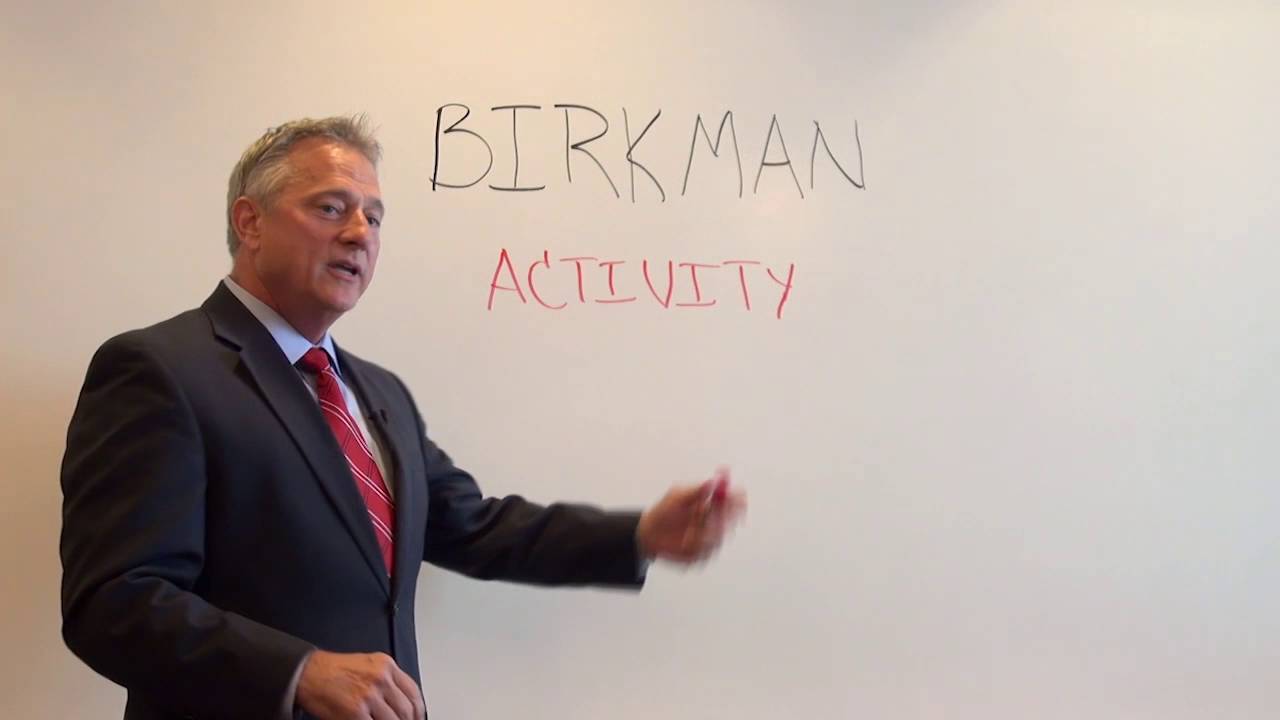Birkman Method & Understanding the Advantage Component

Byron: Hi, my name is Byron Hebert and this is another Tool Tie Update brought to you by your friends at PKF Texas and the Entrepreneur’s Playbook. We’ve been talking about Birkman and how we use it in the workplace – a personality profile to find out how we communicate with each other, what our styles of communication are – around these 11 components that Birkman uses. Again, there’s not a good or a bad score on any of these – I want to reiterate that – it’s just kind of the way we’re hardwired and the way we communicate with each other, so it’s good to know this if you’re working in a high performing organization. Again, remember we have our usual style – that’s the way people always see us, our need – the way we need to be communicated with or dealt with in some of these issues on these components, and our stress behavior which you want to stay out of. And we stay out of our stress behavior by getting our needs met, okay?
So today we’re going to talk about one of the components called Advantage and Advantage is how we seek an advantage or use an advantage in the workplace. So what does that look like? On the low end – someone with a low advantage usual style or need – it doesn’t mean that they’re not going to try to seek an advantage, it means that someone is probably going to be in the organization for a long haul. They’re not looking for immediate gratification but they do want to see – it doesn’t mean that they don’t want to see a path to a promotion or a path to advancement in the organization, it just means they’re not going to be knocking on your door everyday talking about it. Now someone with a high advantage would be someone who – think of a salesman that’s going to be renegotiating their commission with you every 3 or 4 months; that’s someone with a high advantage would, that’s what that would look like.
Now, don’t be confused by someone who has a low advantage score may have a high need which means they’re going to stay in for the long haul as long as they see a path to advancement, but they’re going to want to know how they’re doing along the way with that high need for advantage. So they’re going to – a lot of feedback and a lot of advancement and coaching and things like that and there’s all variations in between. So again, not good or bad, these are just the way we are and advantage is another one of the components that we measure in the Birkman. Again, my name is Byron Hebert and this has been another Tool Time Update brought to you by your friends at PKF Texas and the Entrepreneur’s Playbook.

